In February 2023, I set off on a memorable trip to Bhada, a village situated in the Kailali district of far-western Nepal. The journey began with a three-hour bus ride from Mahendranagar to Chaumala, a hub where local autos are available to take you to Bhada. After a bumpy start, the ride transformed into a scenic route, with fields stretching out as far as the eye could see.
The unmistakable earthy scent of the village brought me closer to my destination. As I stepped off the auto, Bhada welcomed me with a warm, yet quiet air. The village appeared quaint and a bit desolate under the midday sun. The silence was only occasionally broken by the rustling of the wind. The houses were traditional, built with mud and thatched roofs, some with modern touches like brick walls. The village had an air of timelessness, like it hadn’t changed much over the years. Little did I know, this sense of isolation was just the beginning of my deeper dive into the mysteries of Bhada.
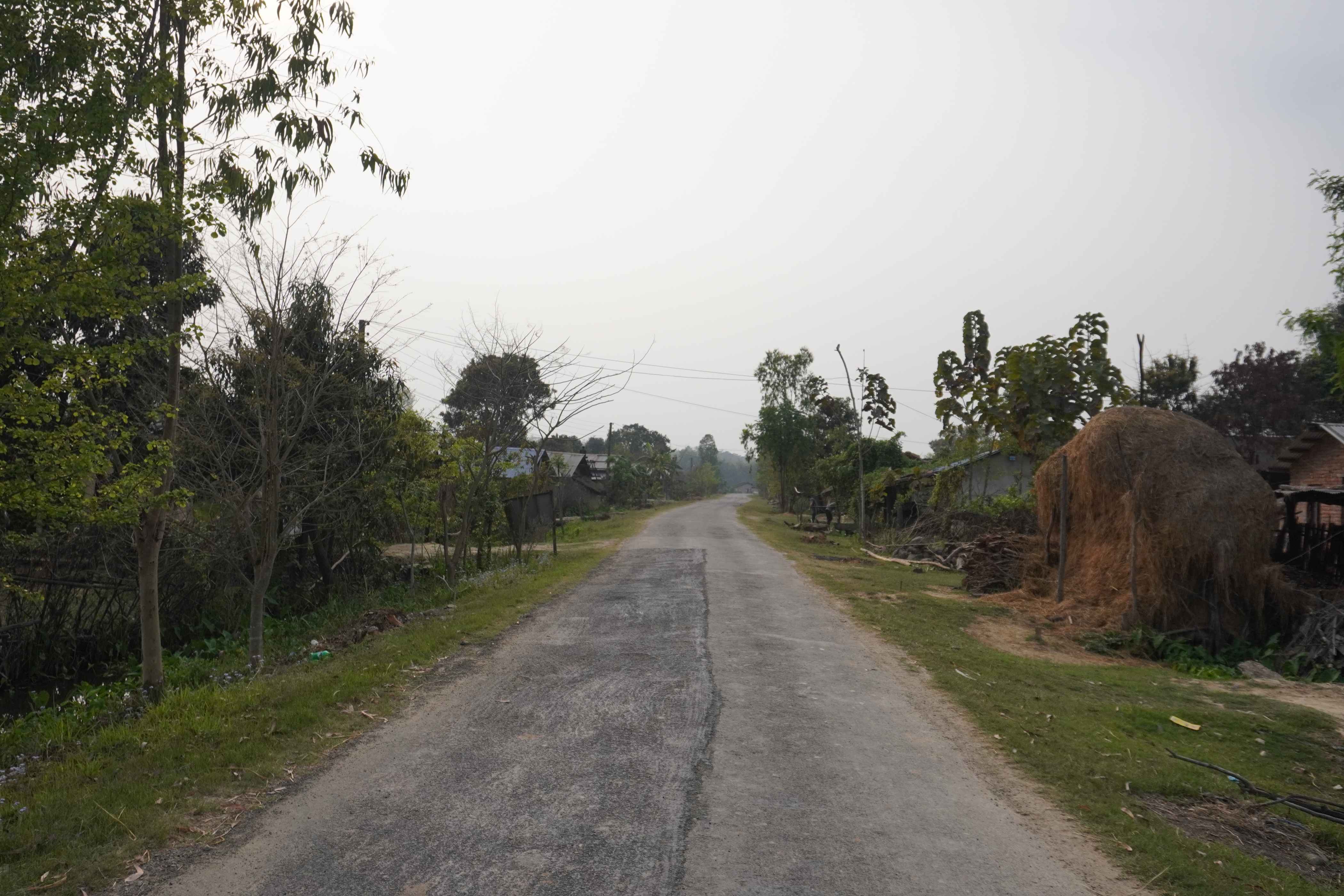
Jayanta, my homestay host, picked me up on his bike and escorted me to his modest but comfortable home, which would be my stay for the next few days. The room was small yet came with an attached bathroom, offering basic comforts. After a much-needed rest, lunch was served: simple but delicious homegrown rice, lentils, fiddlehead curry, and starfruit pickle.
Jayanta and his wife, Basanti, didn’t join me for the meal, which I later learned was a part of their tradition. Instead, they sat nearby, quietly ensuring that I had everything I needed. This may feel a bit awkward for most people, having your hosts watch as you eat, but it’s their way of showing care and hospitality, making sure their guests are well-fed. Their hospitality, though unconventional, was genuine, making me feel cared for in their unique way.
After lunch, I rested a bit while Jayanta and Basanti went to their fields for work. Later in the afternoon, I joined them. They were irrigating their fields, using the traditional water channels that have been a part of their agricultural practice for generations. As we talked, they explained the challenges they face in farming, particularly due to unpredictable weather patterns in recent years. Watching them work made me appreciate the labour-intensive life of farmers in these remote areas. By the time they finished, we gathered fresh vegetables, chillies, gourds, and leafy greens for dinner and returned home.
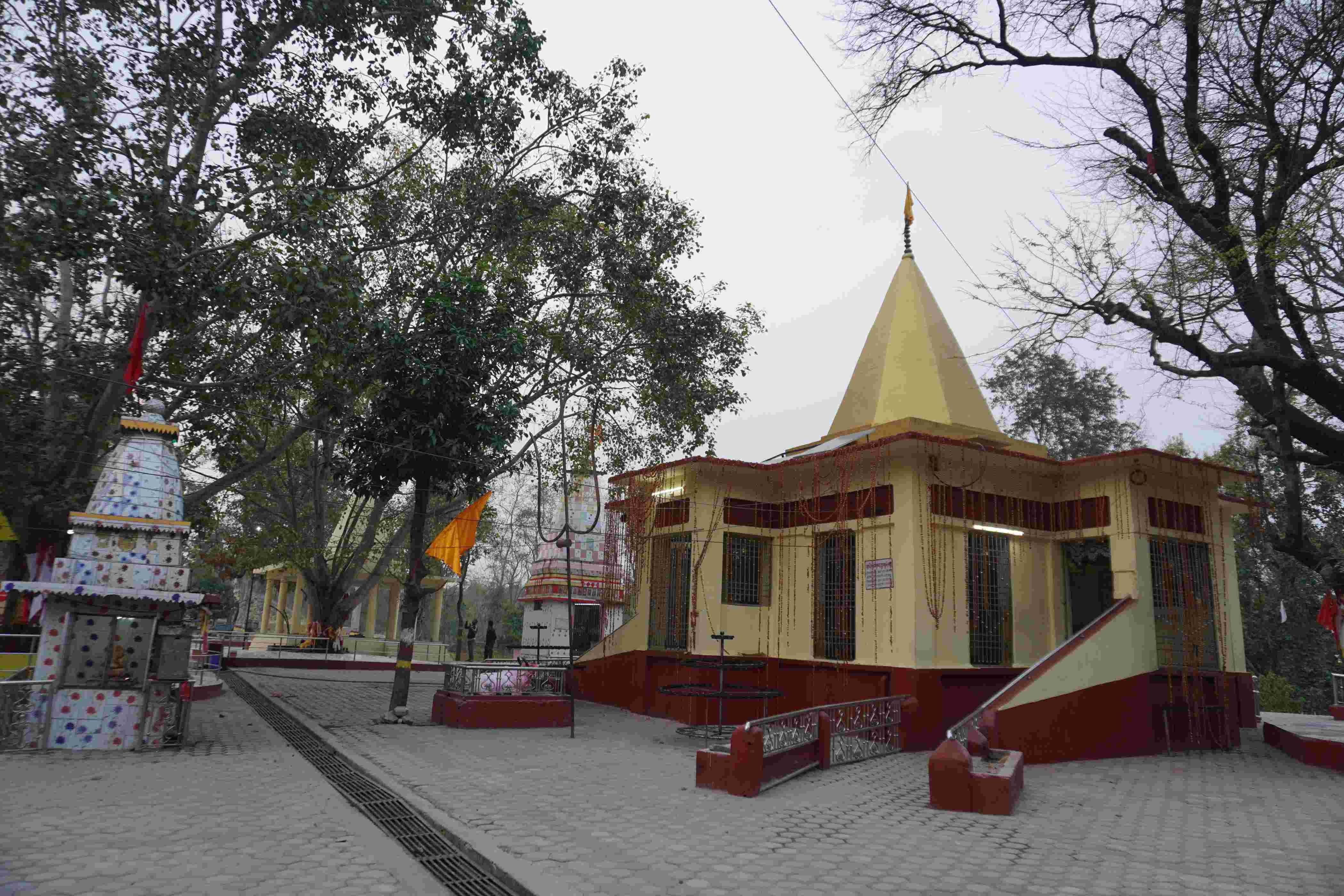
In the evening, Jayanta offered to take me to one of Bhada’s major attractions, the Behada Baba Temple. Dedicated to Lord Shiva, this one-story temple is a sacred site for the Tharu people, especially during festivals like Shivaratri and Maghe Sankranti. The bike ride took about 20 minutes, and along the way, Jayanta shared stories about the area and its people. As we reached the temple, I was struck by its simplicity. Despite being a modest structure, the temple radiated a deep sense of spirituality. Locals come here regularly to offer prayers, and during festivals, it is packed with worshippers.
After a peaceful visit, we made our way to Mahadeva Lake, a serene body of water with a small temple in its centre. Usually, boats take visitors to the temple, but unfortunately, the boat service was out of service. Though the boat service to the temple was closed, the sight of the lake at sunset was calming.

That evening, Jayanta’s family had a “clan ritual” at his brother’s house and invited me to observe. It was my first time witnessing such a unique event. When we arrived, I saw the entire family gathered in a small room, with the priest, known as a "Guruwa," sitting in the centre. The ritual was intense, with chants and offerings being made to their ancestral gods. It was a deeply personal event for the family, and I felt honoured to be allowed to witness something so deeply rooted in their culture. The ritual went on through the night, but after a few hours, I returned to the homestay to rest.
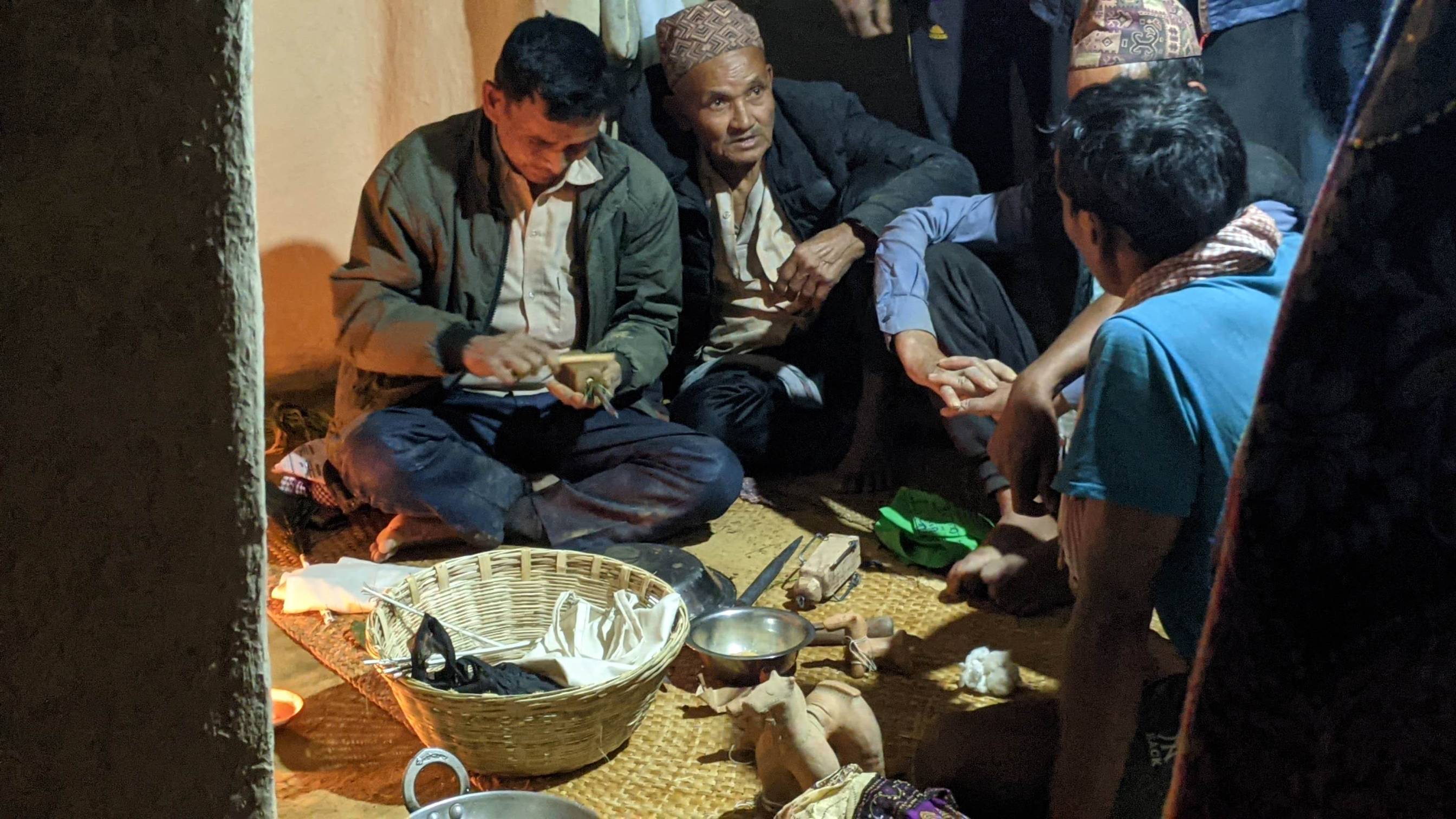
Before my trip, I had read about Bhada's reputation as a "single community settlement," known for a mysterious legend. The story goes that people from outside the Tharu community who try to settle permanently in the village fall ill or even meet their demise. This myth added an air of mystery to my visit, especially since the village remains predominantly Tharu.
During lunch the next day, I cautiously brought up the legend with Jayanta and Basanti. While Basanti confirmed that there had been incidents in the past, Jayanta quickly brushed it off as mere rumours. I could sense he didn’t want me to dwell too much on it, especially since I would be staying for a few more days. So, I didn’t push the subject further at that moment.
Not entirely satisfied, later that day, I met a local named Sher Bahadur Chaudhary, a retired school principal. As we chatted, I brought up the legend again, curious to hear his perspective. To my surprise, Sher Bahadur confirmed that there were indeed many stories to support the myth. He recounted an incident involving a school principal from another area who had lived in Bhada for over a year. When the man decided to build a house in the village, he was killed in a road accident shortly after starting the construction. The incident cemented the legend in the minds of the villagers. Listening to this story left me both fascinated and unsettled.
My timing was perfect. Holi, the festival of colours, was just around the corner, one of the biggest celebrations in the village. In the Terai region, Holi is celebrated a day after the hilly regions of Nepal. Bhada celebrates Holi in its own unique way, with two days of festivities. The first day of Holi began early in the morning, with all the men in the village gathering in a common space to butcher a pig. Pork is considered a delicacy during the festival, and the meat was distributed equally among the households.
As the day progressed, I borrowed a bicycle from the homestay and rode around the village. The streets were alive with preparation for the festivities. Along the way, I was invited into a villager’s home, where I was offered Puri (a type of deep-fried bread) and Tarkari (vegetables). Though I denied it at first, as I just had lunch, I couldn’t refuse the warm hospitality. Puri, I learned, is one of the traditional foods eaten during Holi in the region. Therefore, Pork, along with Puri, is a staple during the festival.
In the evening, I witnessed one of the most fascinating rituals of Holi in Bhada: the lighting of the holy fire. Jayanta explained that the men of the village gather dried cow dung, hay and straws, which they stack in a large pile in the middle of a field. The fire is lit by the Bhalmansa, the community leader, and each man uses a bamboo stick to carry a small flame from the holy fire back to their homes. It is believed that this fire brings blessings to their kitchens and ensures good fortune for the year ahead.
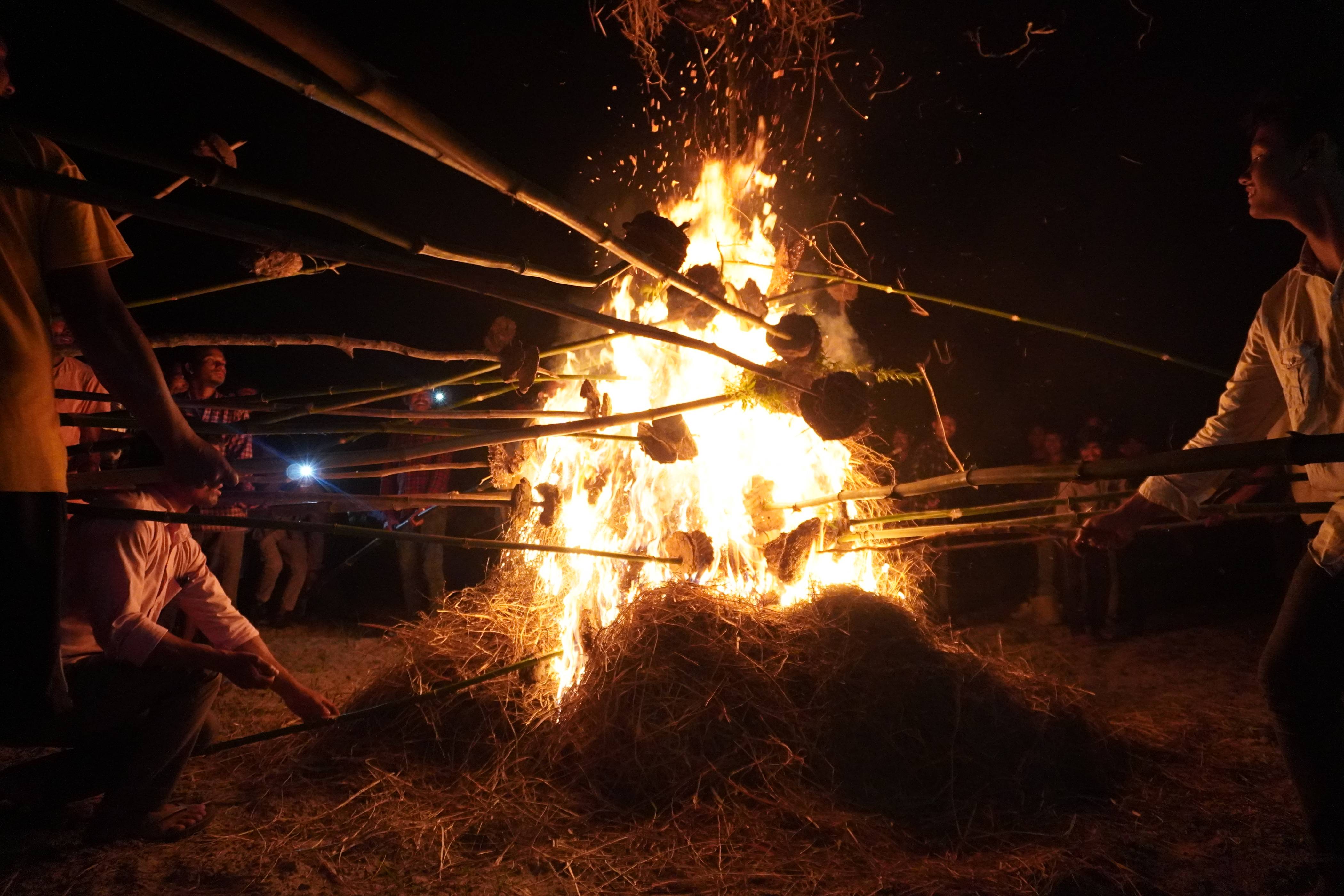
Curious about the significance of the holy fire, I asked the Bhalmansa why it had to be burned in that specific spot every year. He explained that the village had once tried to change the location of the fire, but after doing so, he fell ill with mysterious symptoms. His body became swollen, and he developed bruises all over. Since then, the holy fire has always been lit in the same place. “There are supernatural powers,” he said matter-of-factly, “and it’s not good for the village to change the place.”. Though it was just a myth, the people of Bhada hold strong beliefs in its truth, and I was amazed by their conviction.
The next morning, the main day of Holi began with the women of the village gathering in the same field where the holy fire had been burned. They carried water pots, rice, and broomsticks, which they used to perform a ritual around the fire’s remnants. The women circled the area three times, sprinkling water and rice as offerings before heading to the village temple.
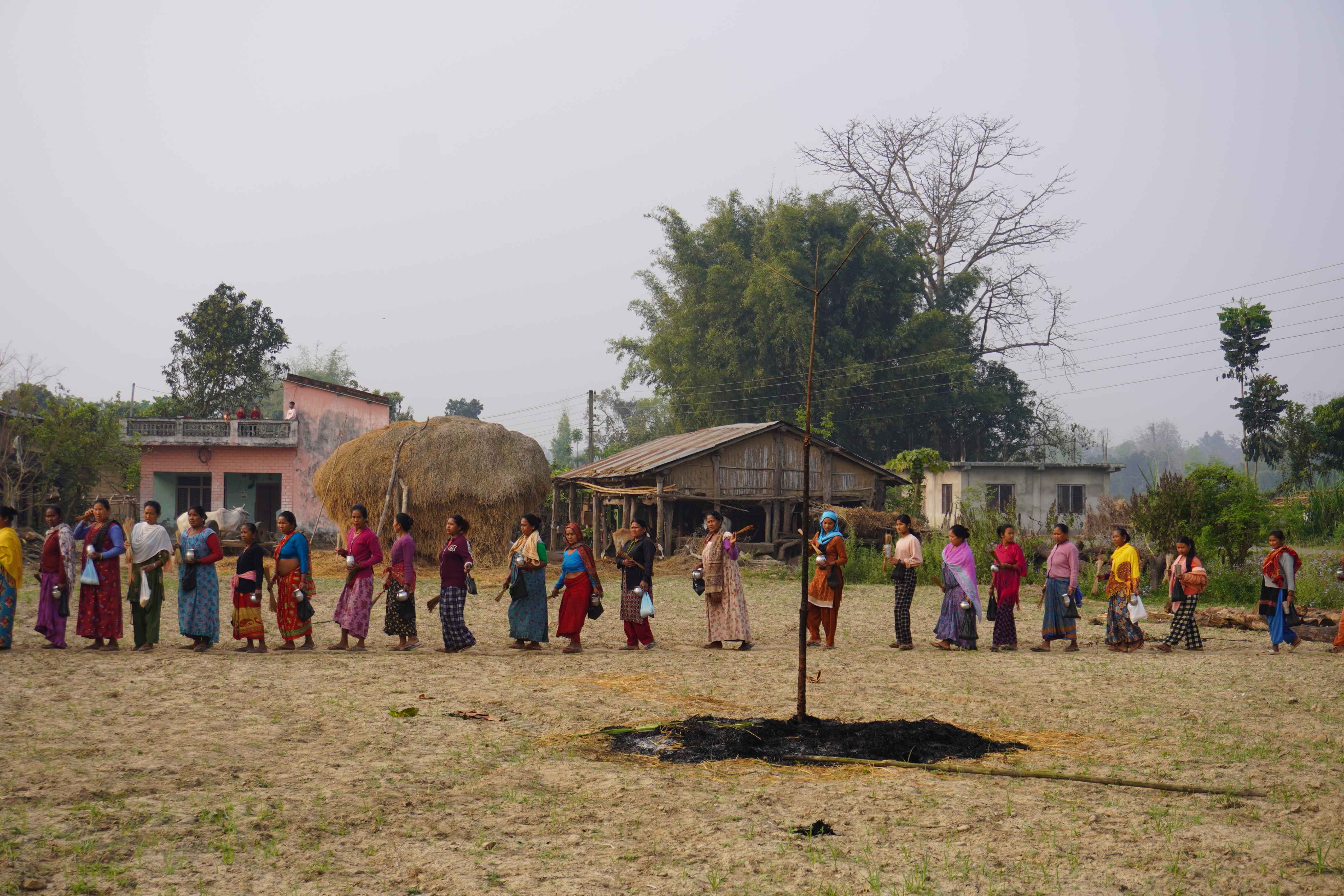
After the morning rituals, the real celebration of Holi began. The Bhalmansa, in keeping with tradition, was the first to apply colours to the villagers. From that moment, the entire village erupted in a riot of colour. People ran through the streets, throwing powdered dye and spraying water at one another. Laughter and music filled the air, and the joy was contagious. I found myself covered head to toe in vibrant hues of red, blue, green, and yellow as I joined in the celebrations. The carefree spirit of Holi took over, and for the rest of the day, the village felt like one big family celebrating together.
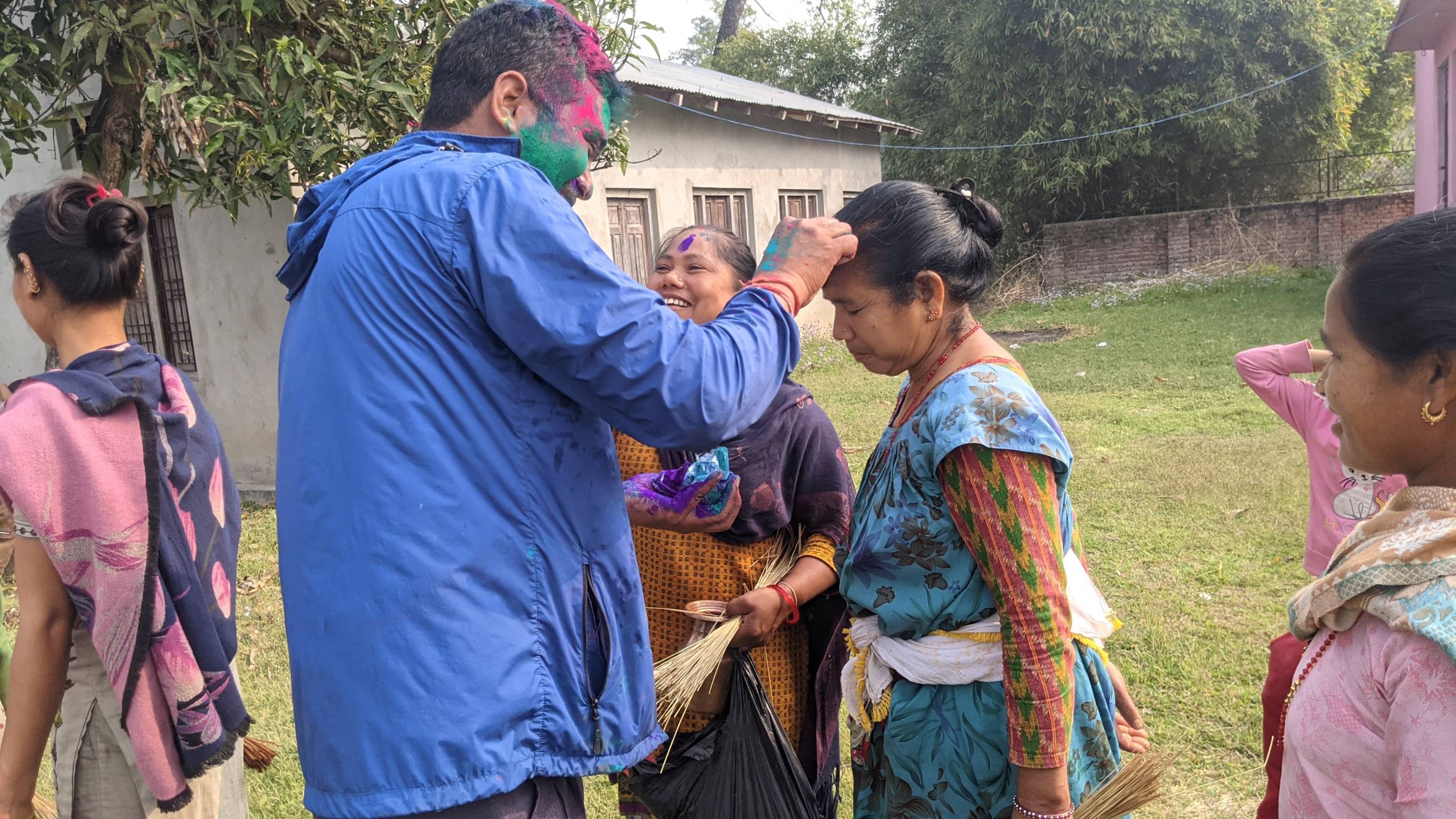
Bhada is more than just a quiet village with generous people. It is a place of deep-rooted traditions, fascinating rituals, strong community bonds, and mysterious legends. Though the myth of outsiders meeting tragic fates looms over the village, my experience was nothing but warm and welcoming. I immersed myself in the local lifestyle vibrant culture and, witnessed their spiritual beliefs and celebrated alongside them. For those seeking an off-the-beaten-path to experience rural life in Nepal, Bhada is a hidden gem waiting to be discovered, full of mystery, culture, and warm hospitality. While the legends might sound intimidating, they only add to the charm of this beautiful place.





